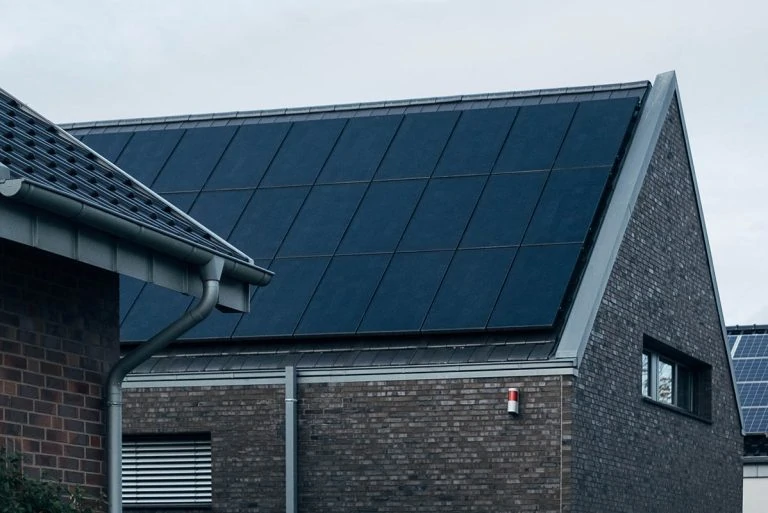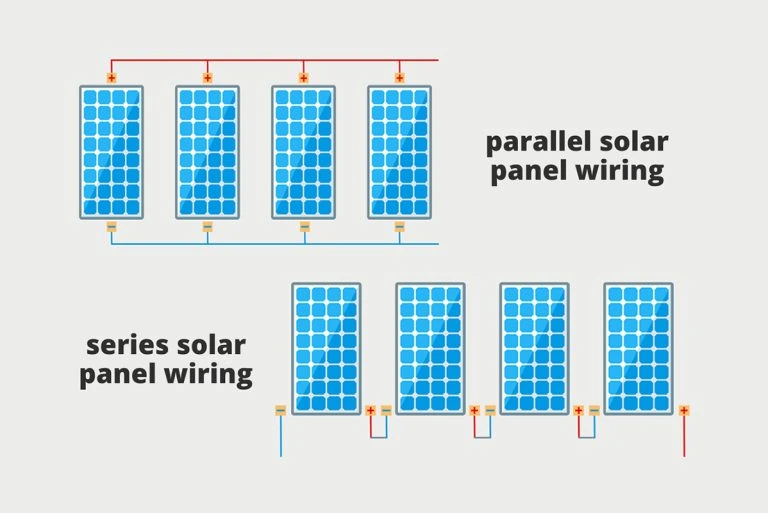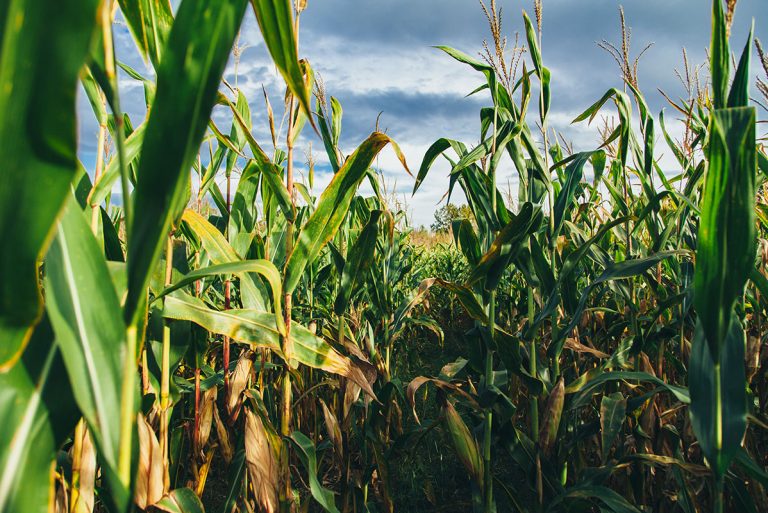According to the US Department of Energy, renewable biomass energy is key to our future, ensuring American prosperity while simultaneously protecting the environment. However, despite its clear importance, biomass is not a familiar topic to most of us.
Here’s our guide to the different types of biomass, to help you get up to speed.
What is Biomass?
Biomass is an organic, renewable energy source. It is used to create sustainable power.
The idea is that by taking renewable supplies, such as waste residues or managed forests, we can create greener energy, diminishing our reliance upon oil and reducing greenhouse gas emissions.
Crop residues, waste residues, wood debris, and even algae are all examples of biomass. Today, new ways to convert biomass to biofuels are currently under development to help us to meet our environmental targets and save the planet.
Biomass power
Biomass can be used as a fuel, to create products, to power industries or even our towns, cities and homes. Here’s a closer look at how we can use biomass to reduce our dependence upon fossil fuels.
Biofuels
Biomass can be used to create liquid fuels for transportation. From airplanes to road vehicles, biofuels are growing in number, complexity, and performance. They are increasingly used in a wide range of vehicles around the world.
Biopower
Using similar processes to how we obtain heat and electricity from fossil fuels, biopower technologies use biomass as their fuel to provide us with sustainably produced electricity and heating. Unlike solar or wind power, biopower is a reliable source of energy that can be produced as needed.
Burning biomass allows us to produce electricity in the same manner as in a standard coal-powered energy plant. The biomass creates steam which turns a turbine to create our electricity.
We can also use biomass to create biopower via bacterial decay, creating a substitute for natural gas that we can purify then burn in our industries or homes for heating and cooking.
Bioproducts
Biorefineries can be used to produce bioproducts alongside biofuels. Bioproducts can replace products that are currently made with fossil fuels, such as plastics, industrial chemicals, and lubricants. It is also a highly cost-effective process, as well as being sustainable and better for the environment.
What are the different types of biomass?
Let’s take a closer look at the different types of biomass that are available to help cut down our emissions, reduce waste, and improve sustainability.
Landfill gas
Even in the airtight conditions found in landfills, bacteria work breaking down our trash. As there is no oxygen involved, this anaerobic breakdown of our waste results in what is known as landfill gas.
Approximately half methane, half carbon dioxide, with tiny quantities of oxygen and nitrogen, landfill gas needs to be removed from landfills as its high methane content risks explosion. Pipework systems run through landfills in order to remove the gas which is then either vented or burned.
Burning landfill gas as fuel is a way to use our trash to create sustainable energy. Methane is essentially the largest component of natural gas, so it makes sense to purify landfill gas and use it to add to existing natural gas supplies.

Source: EPA
Unfortunately, most landfill gas is currently burnt off at source. However, as we look for cleaner, more sustainable energy sources, it makes a highly convenient, abundant energy source, suitable for powering our gas furnaces and stoves and producing electricity.
Solid waste
Unlike the trash incinerators of yesteryear, today, waste-to-energy plants turn our garbage into usable forms of energy. Hazardous or recyclable materials are sorted and removed before burning the remaining trash to create electricity.
The benefits of waste-to-energy plants include:
- a reduction in greenhouse gases (that would otherwise be created in burning fossil fuels)
- a reliable sustainable power source (unlike solar or wind, that depends on the weather)
- increased recovery of metals for recycling
Burning solid waste to produce electricity also reduces the amount of garbage going to landfills, as well as the cost of garbage disposal.
Aside from reducing the volume of waste by around 87%, as estimated by the EIA,
In 2019 13 billion kWh of electricity was generated by burning 25 million tons of municipal solid waste. Solid waste is becoming increasingly important to our energy diversification strategy as we try to cut our reliance on fossil fuels and reach our climate goals.
Wood and agricultural
Humans have been burning wood as an energy source for thousands of years. Aside from wood itself, agricultural waste products including corn, fruit pits, and other crop residues, can also be used as biomass energy sources.
The vast majority of these resources are used in the industries that create them, although some homes use wood for heating. Manufacturers of paper and wood products burn their waste wood products to offset their energy costs. According to the EIA, industry accounts for 64% of wood and waste wood energy consumption.
The same figures place household wood energy consumption at 23%, with wood-burning stoves, fireplaces, and pellet stoves generating approximately 529 trillion BTUs in 2019. There are several power plants that use wood to produce electricity and others that add wood to their coal fuel to reduce their sulfur dioxide emissions.
While waste wooden products such as shavings, bark, and chips provide a sustainable way for industrial paper and wood industries to generate steam and electricity, burning wood as an energy source isn’t always that environmentally-friendly. As it is a fairly inefficient process, burning wood for electricity can release more carbon into the atmosphere than gas or coal per kWh of energy produced.
However, as we invest more into developing more environmentally friendly fuels, advances are being made to improve the emissions from burning biomass in industrial facilities.
Alcohol fuels
The two most commonly used alcohol fuels are ethanol and biodiesel.
Ethanol is made by fermenting, then distilling the sugars and starches found in plants. It is most often created using corn and crop residues, although it can be made from any organic material containing sugars, starches, or cellulose.
Most gasoline has varying degrees of ethanol added to it. For example, E10 consists of 10% ethanol, E15 has 15%, and E85, 85%. Ethanol not only replaces some of your gasoline with a sustainable energy source, it also works to help your fuel to burn more efficiently, resulting in cleaner air emissions.

Source: Wikimedia
Biodiesel is made from chemically reacting alcohol with animal fats, greases, or vegetable oils, most often soybean oil. It can be blended with petrodiesel to create B2, B5, or B20 types of diesel, or used neat in B100.
It has two main advantages. Firstly, engines require few or no modifications to be able to run off biodiesel. Secondly, biodiesel contains hardly any sulfur, for cleaner air. While it is generally used for road vehicles, it can also be used as a heating oil and progress is being made to expand its use to cover other vehicles such as planes and trains.
Conclusion
As we get ever closer to the world’s environmental tipping point, it’s important to stay informed on the energy alternatives available to us.
Biomass has a lot of advantages and is undoubtedly one of the most important, readily available energy sources that we have to hand. It is the only renewable energy source to date that can provide us with a viable replacement for our petroleum-based fuels.
As it is also sustainable and uses our waste products, it is an excellent way to reduce our dependence on fossil fuels and our impact upon the environment.












